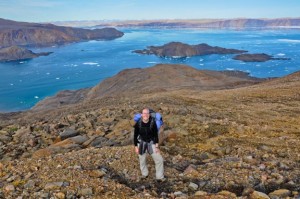In this round-table, I will discuss how global change are transforming small-scale, native, resource-dependent communities in the Arctic. These social-ecological systems are increasingly exposed to global warming, industrial development and globalization, which subsequently alter the local SES dynamics. Subsistence use of fish and wildlife is a cornerstone in these communities. This traditional utilization of natural resources are commonly assumed to be donor-controlled, in which the users do not control the resource level but adapt to the fluctuating availability of fish and wildlife. A combination of increased harvest efficiency through the introduction of new technology, increased resource demand through population increase and commercialization, and reduced resource stocks by exogenous pressures such as climate change, is likely to increase the pressure on the stocks of fish and wildlife. The result could be a transition of the SES from a provisioning action situation, where the collective challenge is to secure subsistence on a local scale, to an appropriation action situation where the collective challenge is to avoid overuse of a common-pool resource on the scale of the resource stock. We applied cross-national comparison of Arctic Alaska, Canada and Greenland, synthesized secondary data from documents, official statistics and grey and scientific literature, and asked: What are the evidence for SES transitions in the Arctic? Which exogenous pressures are associated with transitions, and what conditions might prevent transitions? How does the transitions change the focus and sustainability challenges faced by the governance systems?
Although the results I will present are from the Arctic, I hope the talk will stimulate a more general discussion on how global change might transform local social-ecological systems.
Dr Per Fauchald
NCEAS visiting scientist
Senior researcher at the Norwegian Institute for Nature Research


